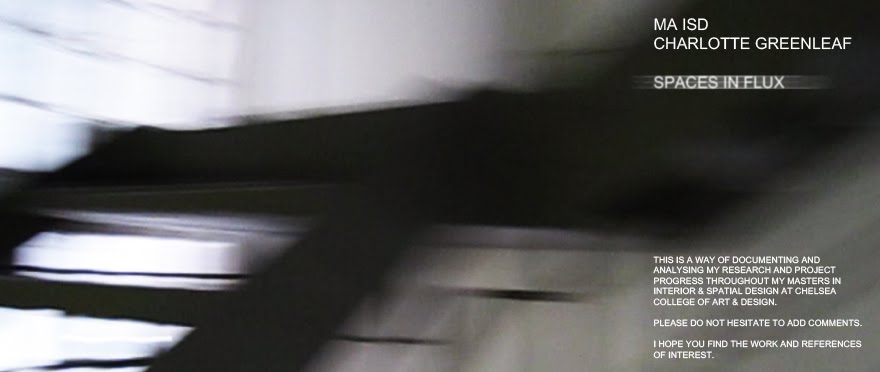Yesterday I attended a lecture by Joe King, who is a tutor in the Department of Animation at the Royal College of Art. His work is highly relevant to my project and has been acknowledged both in the UK and abroad, for the way he uses film and photography to manipulate landscape and architectural environments. His recording and film processing devices range from lo-tech black and white film, to projection, to high-tech digital methods. Most relevant and mesmerising about his work is his ability to embed movement into environments which should not move. During the lecture he screened and discussed some of his films:
Metronome is a film made up of black and white stills photography of images such as tides, a jetty, trees and beach huts, which are brought to life. The film has a rhythmic scratchy soundtrack, derived from movements and actions which create sounds, and thus enhances the idea of movement within the film. The different speeds at which the stills are sequenced, and the use of repetition enhances the way these scenes are brought to life.
Mobius Strip concerns the potential of a space and the ability to make it come alive. In this case, the life of a particular bridge. The film footage and stills are flipped, stitched and manipulated to create optical illusions. The pedestrian use of this bridge is used to animate the bridge and breathe life into it. Close up sounds of printing presses and alike are juxtaposed with far away images of the bridge from different viewpoints. There is a similarity in this film with the 2nd of my movement films, below 2. Moving/Rotating camera to record a still setting, in the stitching together of footage to create manipulated environments.
Survey (view film) is a film set in South Wales, where great industrial structures sit amongst an immensely beautiful landscape. Places people would not choose to go, but would maybe just pass by when for example walking their dog. The film investigates the boarderline between movement and stillness. Using a successive sequence of still shots to construct an illusion of movement into a landscape where there is minimal. This issue of the intertwining of movement and stillness is one that I was dealing with in the introductory project.
Seachange (view film) is a film which joe worked on with Rosie Pedlow. The film was shot in Thorney Bay Caravan Park in South East Essex at the end of the season, just before the park was to be cleared in way of a new housing development, and therefore records the site on the brink of disappearance. The film is 5 minutes long which is the time it takes to walk from one end of the park to the other. The camera view pans along the rows of caravans, and is animated by the transience of human characters. It reveals a landscape dramatically revealed through light and time, so although the film is one continuous space, it is not linear in time.



No comments:
Post a Comment